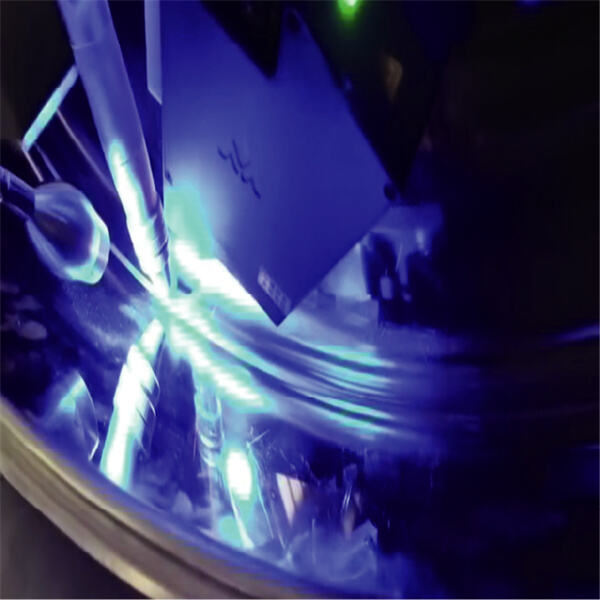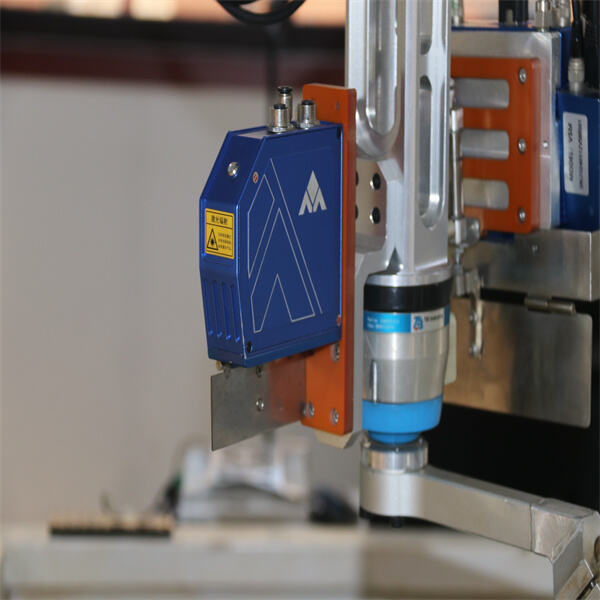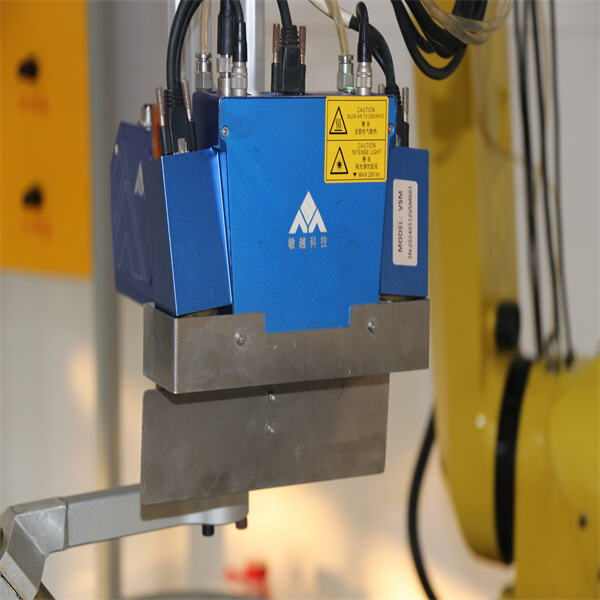Have you ever thought about how the various things we see and use on a daily basis are created? From colorful toys to shiny cars, everything around us is made in a special place named a factory. Every day in those factories there are machines tirelessly assembling part after part to create the products that we use and love. But how do these machines know precisely what to do? Industrial laser sensors come to the rescue! Another crucial component is the industrial laser sensors; they are the eyes of the machines on the factory floor. They see things very clearly with a specific type of light known as a laser. When we use these MINYUE automated robotic welding, our machines can measure distances, detect things, and ensure everything is placed the way it needs to be. When this information is available to the machines it can be used to facilitate faster and more precise functioning of machines which result in a very smooth working of the manufacturing process without any hindrance.
Industrial laser sensors have enabled factories to reach extreme levels of precision and accuracy. But these industrial welding robot sensors from MINYUE can pick up even the most minute changes so that everything is done according to plan. It not only leads to creation of quality products but also saves both time and money by avoiding mistakes and errors. All sin done well! It is revolutionizing global factories with industrial laser sensor technology. These sensors are intelligent enough to convey knowledge between machines in the speed of time, that is to say, to impart information instantaneously. This allows everything to operate efficiently and minimizes downtime, or when machines are not operating. This incredible technology allows factories to manufacture more products in a shorter time, providing them a competitive edge on the industry over the others.

Quality control is a critical aspect of ensuring the products adhere to certain standards prior to reaching customers. It’s like checking your homework before you submit it to your teacher. You want to ensure that it’s accurate! robot laser welding machine from MINYUE are not only used for scanning items but also in quality control in the industrial sector, checking every small aspect when a product is being created.

MINYUE's intelligent laser welding automation have the ability to identify any potential errors or defects in the production process. By utilizing these sensors, factories are able to identify issues early and address them before they turn into serious problems. This serves not only to ensure that the goods are of the highest quality, but also to build confidence with users who desire the best products.

The most critical aspect of any workplace to consider is safety. When it comes to factories, where tens of millions of men and women operate on the loosest range common with big machines and robots, it's imperative to make certain that each one persons are safe 100% of the time. Industrial laser sensors are crucial for monitoring what goes on inside the factory with an eye to maximizing efficiency while also prioritizing safety.
Beijing Minyue Technology Co.,LTD,as the world's leading high-tech enterprise of non-teaching intelligent application of industrial robots.We specialize in flexible intelligent manufacturing with our self-developed RobotSmart - Intelligent Decision Making System, SmartVision - Binocular Structured Light Vision System, and SmartEye - Laser Vsion Seam Tracking System. Provide a new generation of intelligent robot welding and cutting solutions.
Fast, accurate, completely No-Programming, high efficiency and high precision. It solves the complicated teaching process of traditional robots and saves the downtime of teaching process.
Provide powerful welding robot front loading, side loading, inverted loading, gantry mounting, intelligent trajectory planning for multiple robots, multiple external axes, and positioner for cooperative work. Realize robot motion simulation, collision detection, singularity avoidance and axis limit detection.
Adopting the function of finding and tracking, scanning the weld seam, confirming the position and information of the weld seam, correcting the position of the weld seam between the 3D digital model drawing and the actual workpiece, and solving the problem of bias weld due to the error of incoming materials and thermal deformation.